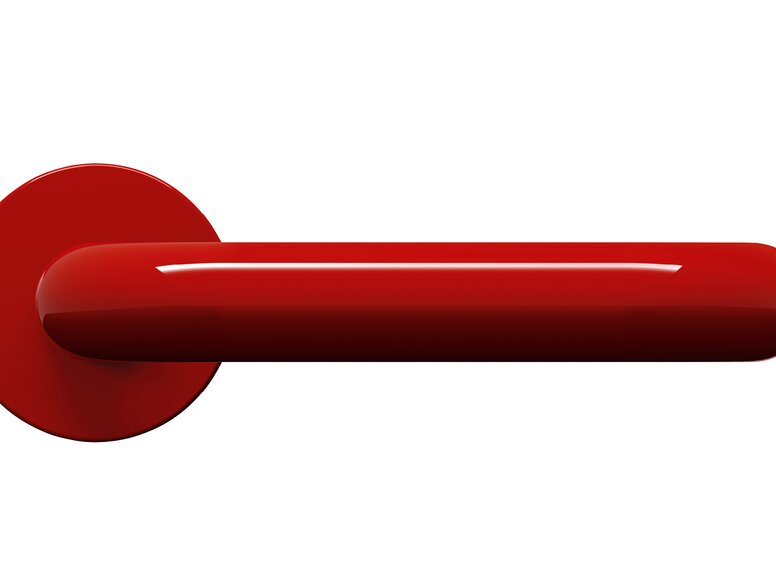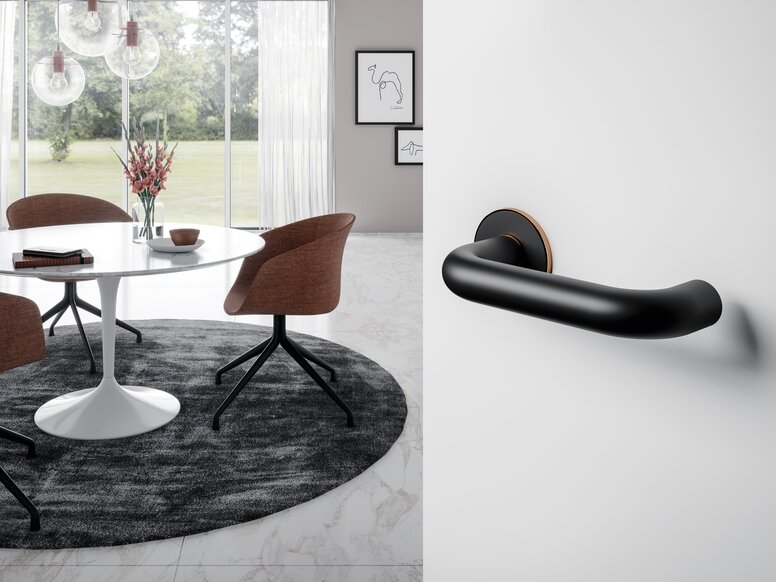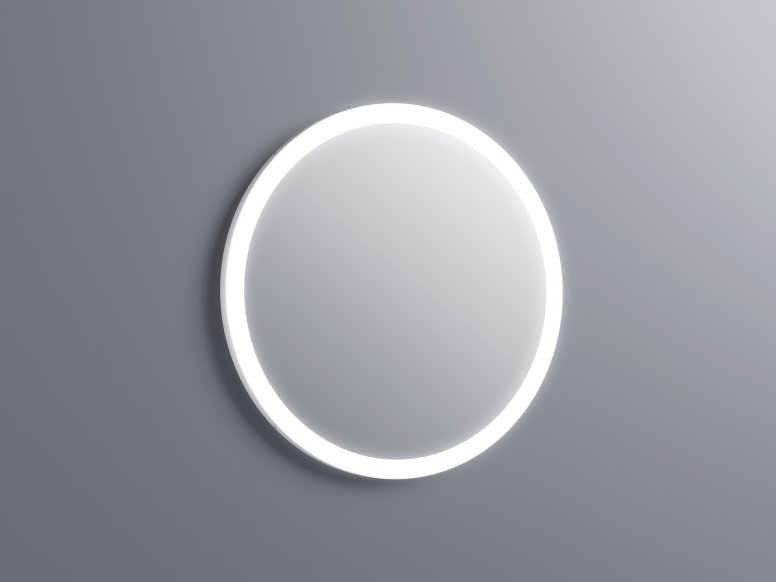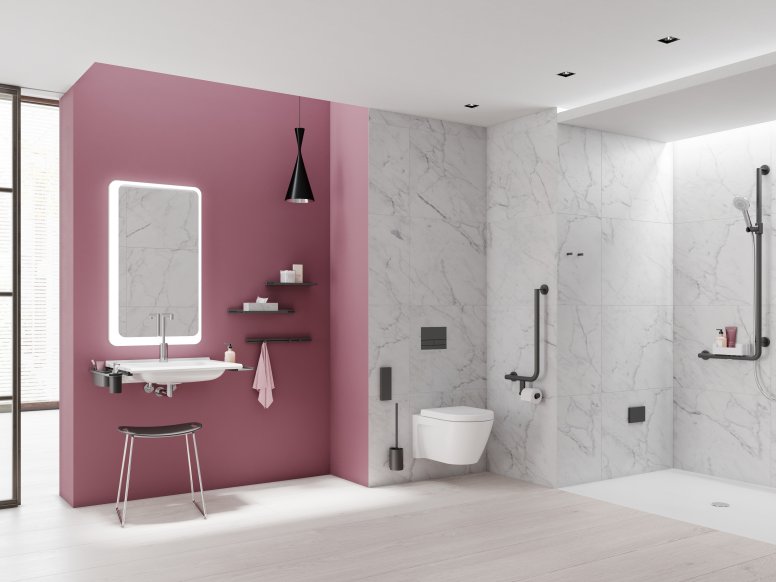Press
Design Originals | Often copied, never achieved
What makes an original an original? HEWI is investigating this question together with other companies from the furniture and fittings industry. The leading manufacturer of barrier-free sanitary fittings and building hardware solutions has joined forces with Artemide, Cor, Dornbracht, Gira, Thonet, USM and Walter Knoll to form a brand alliance.
"Together we want to inform professionals and the public about the value and importance of originals in a campaign and raise awareness of this issue," says Thorsten Stute, Managing Director of HEWI, underlining the aim of the initiative.
Unmistakable originals withstand short-lived trends
Trends and fashions have only a short lifespan in today's world. Genuine originals, on the other hand, are everlasting. They stand for consistency in our fast-moving times.
These design originals include Tolomeo, Conseta, Tara, Gira E2, Chair S 32, Stahlbausystem Haller and FK Schale, but also HEWI's lever handle 111, which was launched in 1969.
Values of design icons cannot be copied
Originals have undergone a complex process during their creation: from a well thought-out design to clever functionalities and precise workmanship.
Adaptations take up the design of the high-quality originals and focus on reducing costs. In the end, it is the consumer who suffers from copied products due to inferior quality in terms of material, workmanship, functionality, appearance and safety.
"The economic damage worldwide is estimated at around 400 billion euros. In Germany alone, it is assumed that the damage amounts to about 50 billion euros," Thorsten Stute explains the dimensions.
Design icon on the door: System 111
The 111 lever handle is one of the originals of everyday culture that has written architectural history. We usually only become aware of how often we have it in our hands when we encounter it in museums or books.
The polyamide lever handle is a German innovation. The breakthrough of the design icon 111 came with the order to equip the new university buildings in Marburg.
The architect wanted an interior design that matched in form and colour. Plastic was made for this. The year was 1969, a time in which Pop Art and the synthetic material became acceptable, to which HEWI made a significant contribution with the lever handle 111.
"Since then System 111 has continued to develop - in terms of colours, surfaces and techniques. An original never stands still," Thorsten Stute explains HEWI's design philosophy. "HEWI stands for consistent equipment solutions from a single source. Thus, a complete system has been created in the round tube design of the 111, which uniquely combines the areas of building hardware, sanitary and barrier-free."
Please note the Terms of Use.




